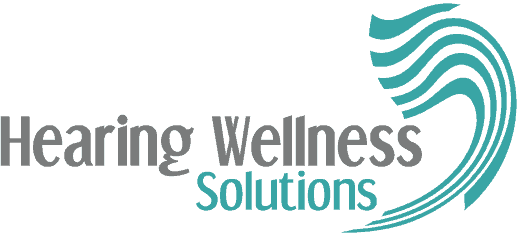Researchers have found that people in the Deaf community or those with severe hearing impairments are actually better at understanding nonverbal communication than hearing people. This is not so surprising, as recognizing and analyzing small body movements and facial expressions are such important aspects of sign language and communication amongst people with limited hearing.
Laurie Achin, a Deaf American Sign Language teacher at Northwestern University, is a master at using nonverbal cues to decipher a person’s feelings, intentions, and thoughts during social situations. She says she is able to determine how a person is feeling or what they are thinking by the way they sit in a chair, walk, write, or even drink. She says she is able to do this by keenly observing “the little behaviors, the small movements, the small changes in people’s expressions, and body language” (https://www.fastcompany.com/90265668/sign-language-experts-on-the-nonverbal-cues-youre-missing-in-meetings).
How We Communicate
Communication is broken into three parts: nonverbal, tone, and the actual words spoken. Researchers have found that only about 7% of communication comes from one’s actual spoken words, 38% comes from tone, and a whopping 55% of communication is completely nonverbal (https://www.psychologytoday.com/us/blog/beyond-words/201109/is-nonverbal-communication-numbers-game).
With these numbers in mind, it is easy to see how a person’s ability to decipher nonverbal cues and body language plays an imperative role in their success (or lack thereof) in conversations. In the workplace, this can mean the difference between landing or losing the client, the job, or the promotion.
Nonverbal Cues We May Miss at Work
Three sign language interpreters and experts in communication Laurie Achin, Katie Fitzgerald, and Miriam Horwitz break down some common nonverbal communications that often go unnoticed in workplace meetings.
Do They Understand?
A concept called “backchanneling” is extremely important in communication. In English, backchanneling is considered the “uh-huhs” and “I sees” that we verbalize to let the speaker know we are listening to and understanding them. Along with these, there are also many nonverbal backchannels that are often missed by hearing people because they tend to believe that one understands simply because they heard.
Instead of just listening for the “uh-huhs”, try also watching for listener’s head movements. Often if they are nodding along with you, this is a better indication that they are understanding you than the verbal cues.
Do They Want to Speak?
There are also many nonverbal cues listeners display when they want their turn to speak. When leading a meeting, look around and notice if your colleagues have become restless in their chairs, are sitting up higher in their seats or are leaning forward more than normal. These are all common cues that the person wants to speak. If you notice this, it may be a good time to stop and ask the group if anyone has any comments or concerns that they would like to voice.
People who are hearing impaired often seem to be better at using their peripheral vision than hearing folks. If you are leading the meeting, make sure to consistently scan the room for facial expressions or body language that others would like an opportunity to add to the conversation or ask a question.
Do They Need to Interrupt?
In general, our culture considers interrupting to be rude; however, sometimes interruptions are a necessary part of conversation – especially if the listener has a question or does not understand what is being communicated. In the Deaf community, Horwitz says she notices a more collaborative effort to share the speaking floor. For example, if one person is trying to get the attention of the speaker, others will point the speaker in their direction.
Again, if you are leading the meeting, scan the room for indications that people may want to interject or are uncomfortable. Shoulders are a huge tell if someone is anxious, says Achin. If a person’s shoulders are down, they are probably relaxed and happy, whereby if their shoulders are scrunched up, they may be feeling nervous, uncomfortable, or lost.
No matter if you have perfect hearing or are completely deaf, it is imperative to know, understand and recognize nonverbal cues – for success both inside and outside the office.
Treat Your Hearing at Hearing Wellness Solutions
Have you experienced changes in your hearing? Do you struggle with communication at in the workplace? Treating hearing loss with the use of hearing aids helps you stay in the conversation, whether it’s a business meeting or a dinner with friends. Contact us at Hearing Wellness Solutions today to schedule a hearing test.


